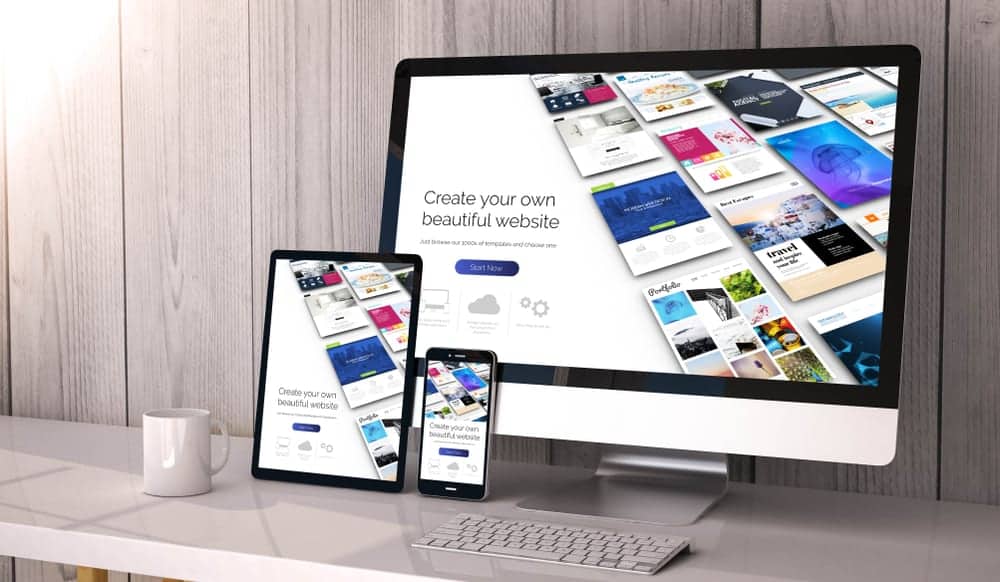
Adaptive vs Responsive Design: Which Is Better?
With several devices now coming up, web designers now have to design web pages for multiple screen sizes. The pages should perfectly fit the enormous screens of desktop computers to small screen of mobile devices and smartwatches. However, this can become quite challenging even for the best web designers in Manchester.
To make the website suitable for every device screen, web designers can choose either adaptive or responsive designs. Both of these website designs can address the core issue, but they also have their own benefits and drawbacks.
What is Adaptive Design?
In simplest terms, adaptive design is the method of creating multiple fixed layouts for different screen sizes. In other words, you’ll have different versions of the same website for different devices.
What is a Responsive Design?
Responsive design is one that uses a single layout for all devices. However, a website with responsive design can automatically adjust itself to different devices. It simply means one site that fits all.
Adaptive vs. Responsive Design
Here is a brief comparison between Adaptive and responsive web design:
Layout
The device of the visitor decides the layout in a responsive design. On the other hand, the layout in an adaptive design is sent out from the back-end. The templates are already designed beforehand. The server simply sends out the correct layout based on the device.
Load Time
The loading time in an adaptive design is faster than a responsive website. This is because adaptive sites are ready with their templates. And as such, they only send out what a device can handle.
Difficulty
It is not easy to decide whether adaptive design or responsive design is harder to build. Most people think that adaptive websites are harder to build because it requires multiple layouts. But even though responsive designs have only one layout, they still need a lot of time to develop.
Designers of a responsive website need to focus on a site’s CSS and make sure that it works with all types of device screens.
Flexibility
When it comes to flexibility, a responsive website takes the win. When a new device comes up, a responsive design will automatically fit on the screen. But an adaptive design may fail to deliver if the website is not ready with a suitable layout.
Screen sizes keep changing now and then. This means that an adaptive website will always have to keep coming up with a new layout.
SEO Capabilities
Responsive design is more suitable for SEO websites. This is because Google awards a website that has responsive design with higher ranks in search engine results as it is mobile-friendly and caters to all devices. To find out more, contact our Manchester SEO agency.
Conclusion
Choosing between responsive and adaptive design can be very complicated. They both have their advantages and disadvantages. However, a responsive website can be a better option if you want a cost-efficient webpage with a great user experience. Also, responsive websites require less maintenance and upkeep.
But the decision rests upon you since adaptive design also comes with its benefits like faster loading time and personalized user experience.
In the end you just have to consider your goals and budget and what you want from your website.




